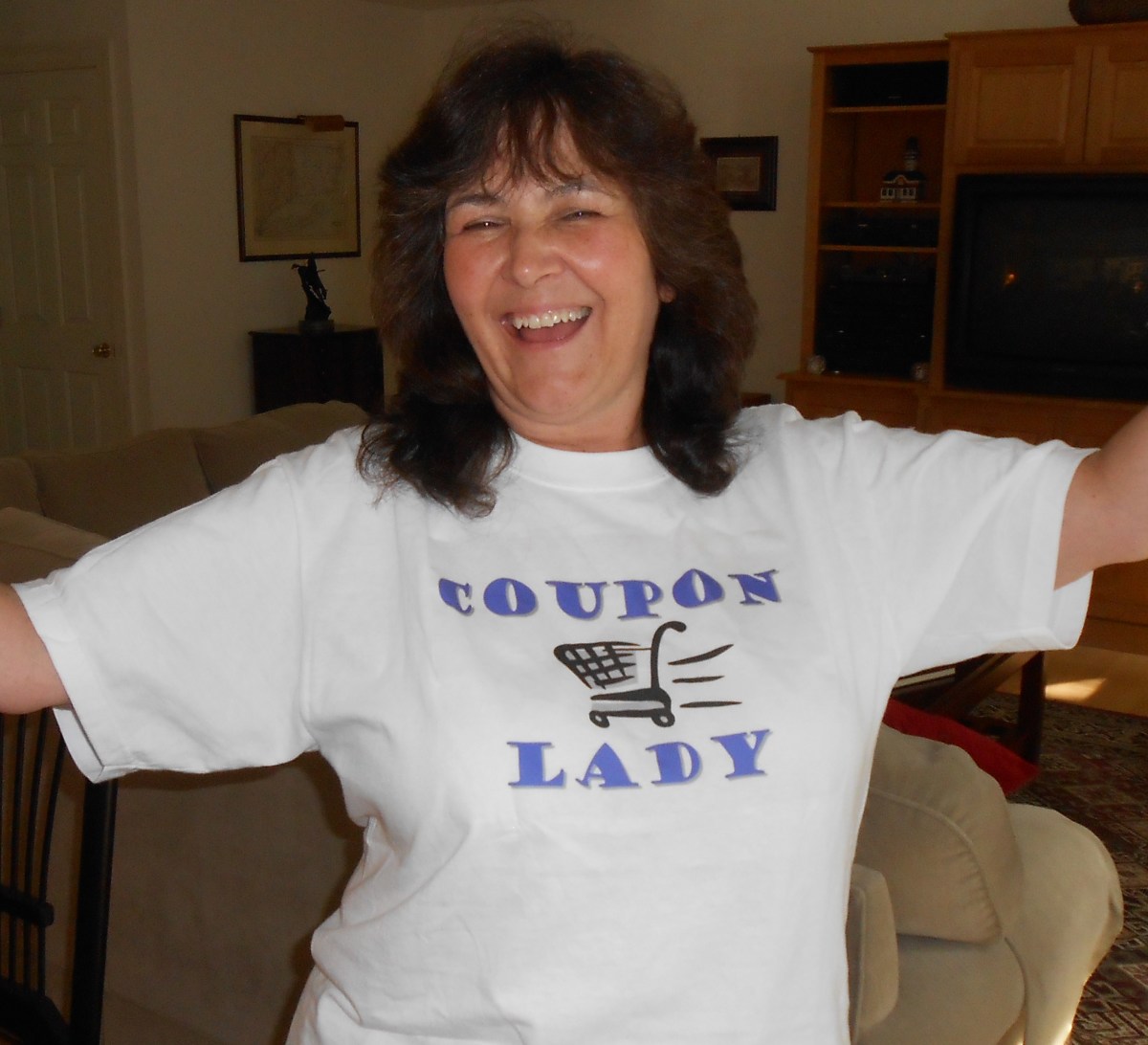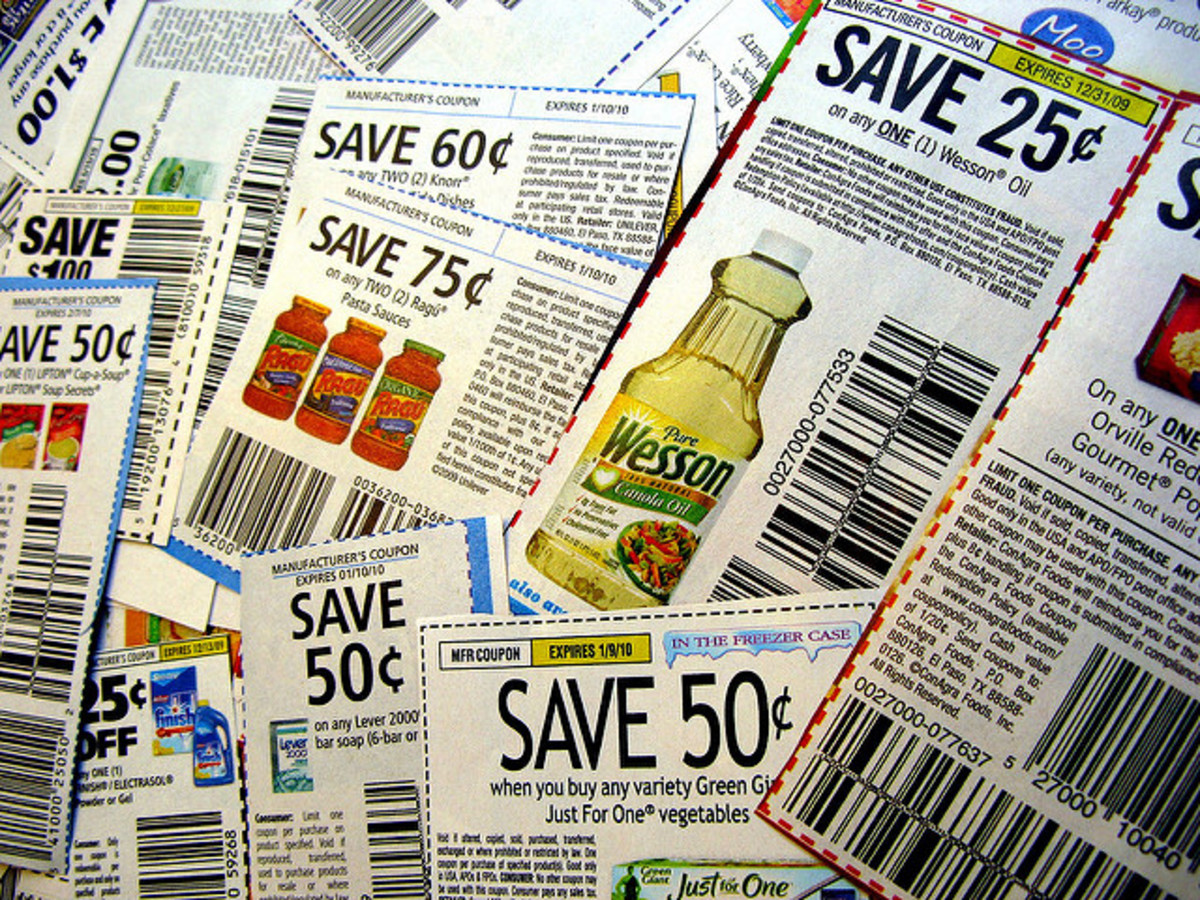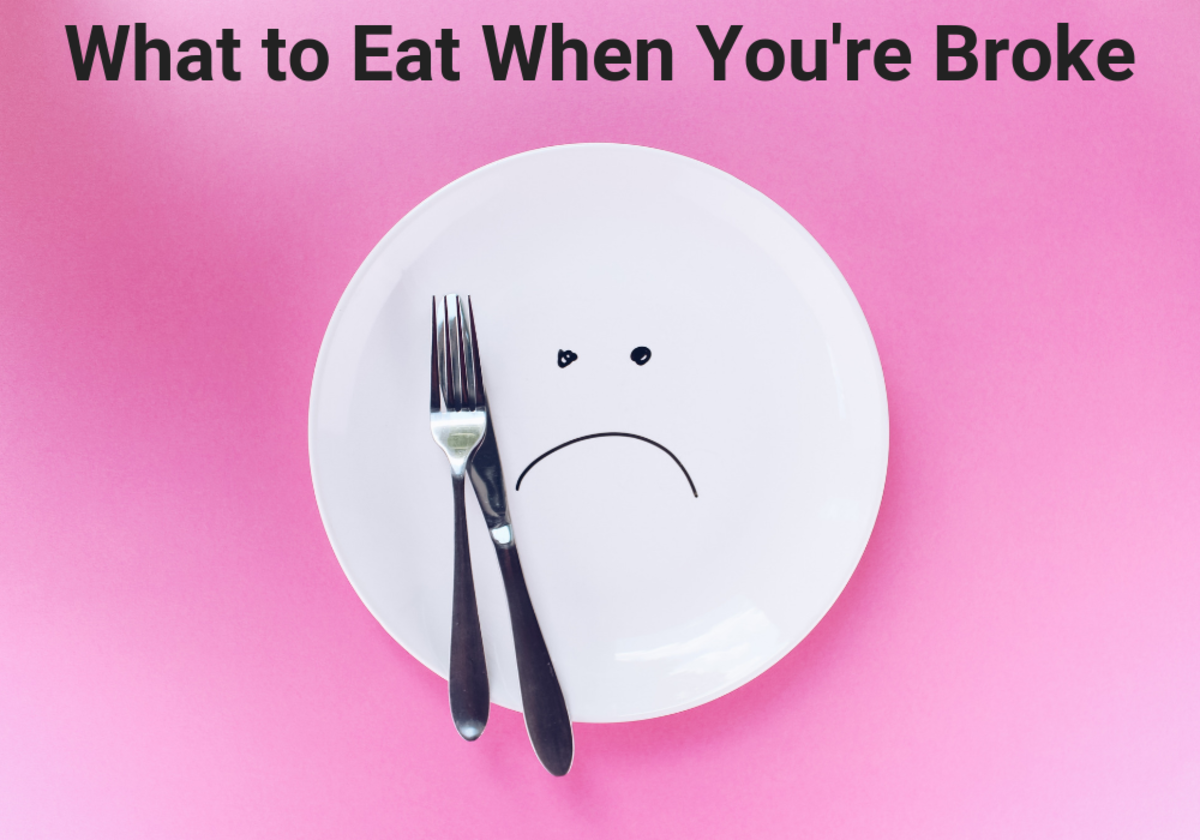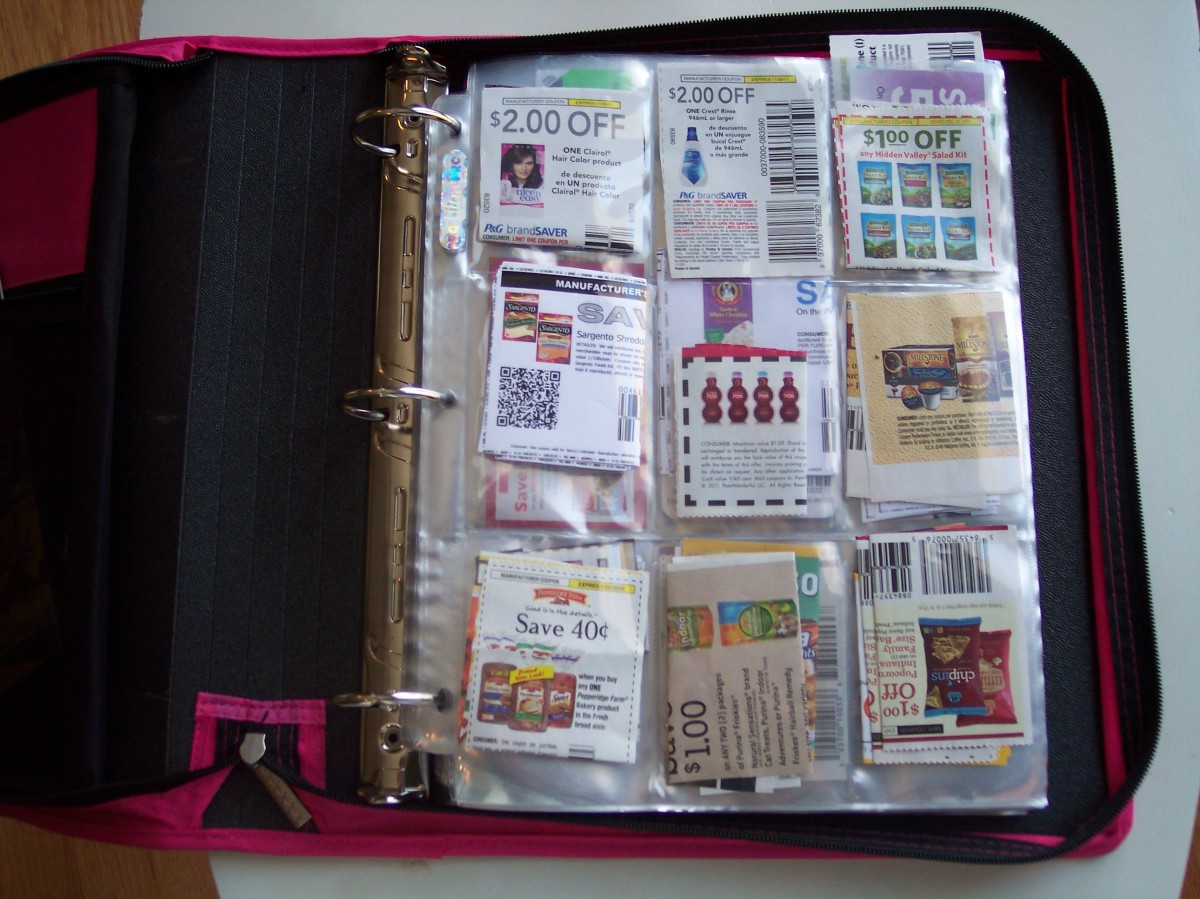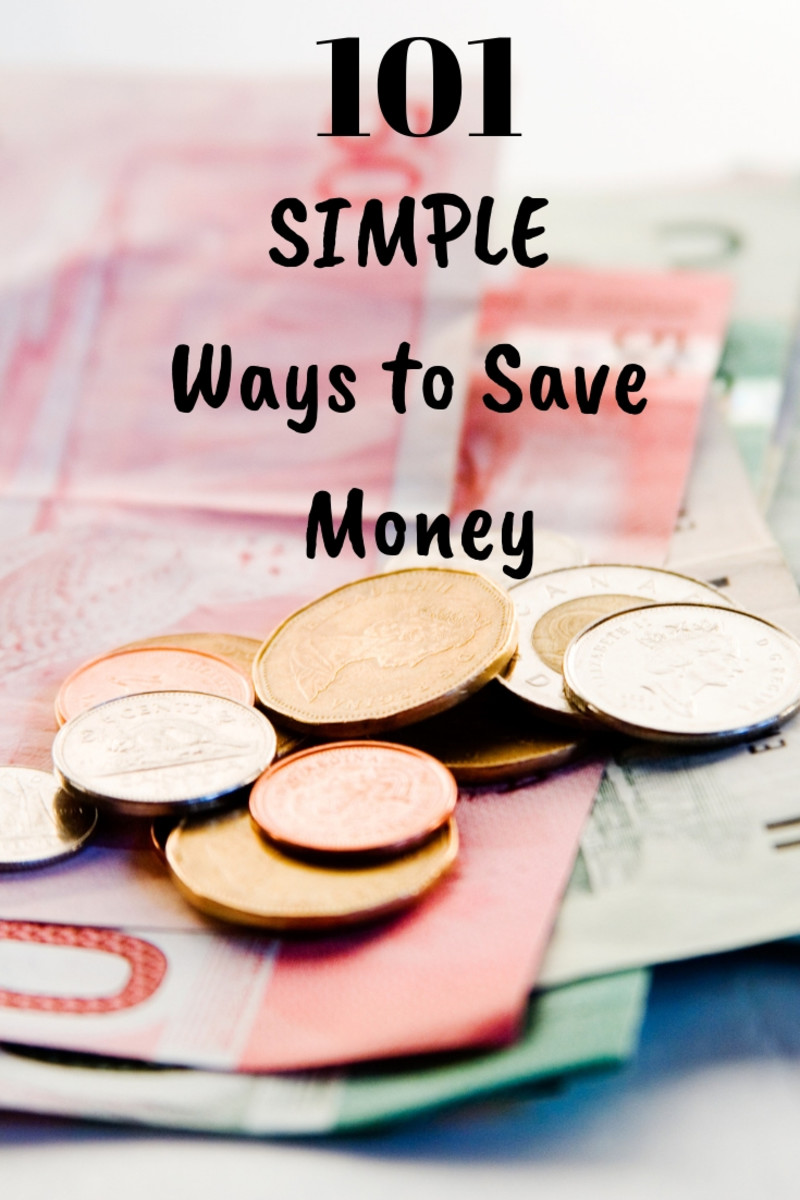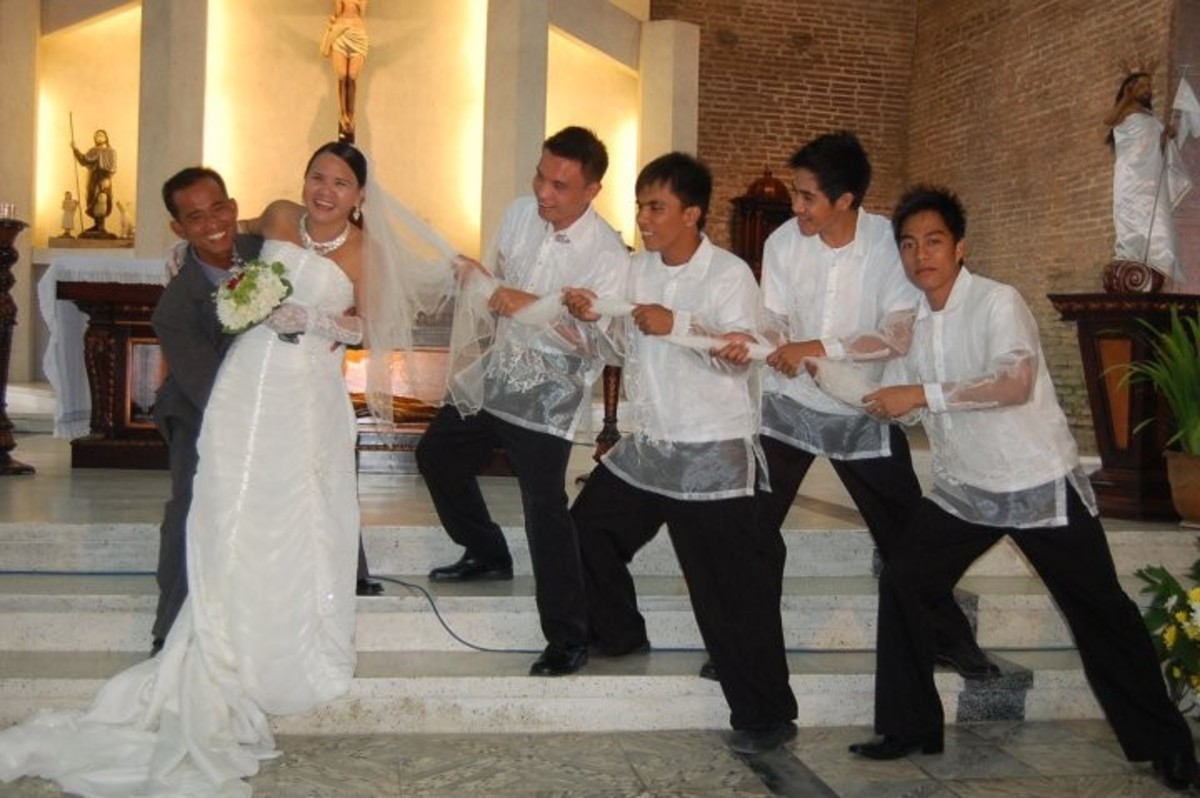Joining the Fad of Couponing
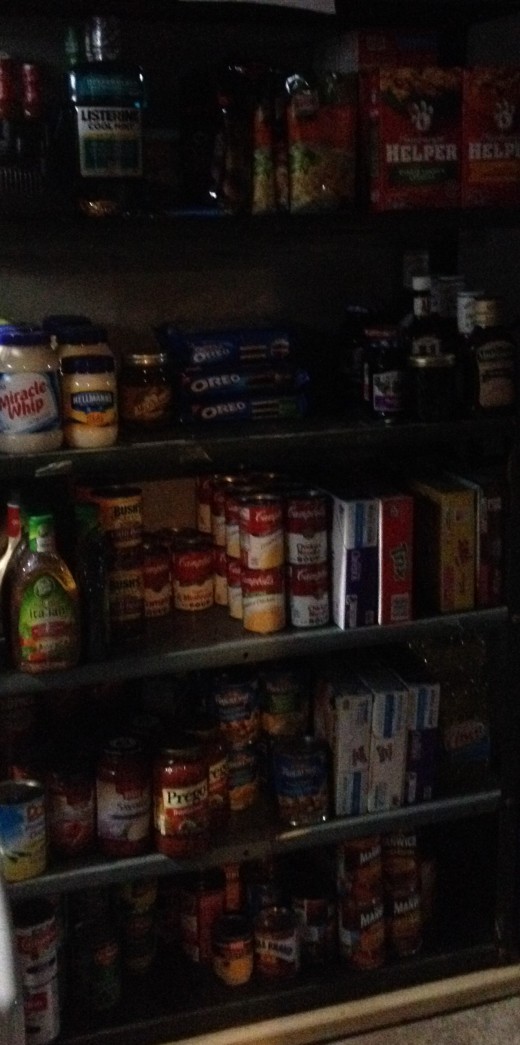
What I Have Learned
When the show "Extreme Couponing" came out on television about five years ago, the fad of couponing had returned. While it may have always been a "must" for some people, you will now see more young adults using coupons at the grocery store. "Extreme Couponing" is partially culpable because it showed many people spending nearly nothing for thousands of dollars worth of groceries. Some people think that these people are absolutely crazy, but others believe that they are very smart. My opinion is a mixture of both, but I will admit, I have joined the "fad" of couponing. I feel that I am not going overboard with coupons because I refuse to buy things that I do not need…that is, unless they are free! I do, however, spend many hours searching the Internet for coupons, clipping coupons from flyers, and browsing flyers. I do not make it my full-time job like many other couponers. I feel that there is more to life than couponing, but if I can devote some time to it, I will save a satisfactory amount of money. Since the time I began using coupons (about five years ago), I have learned a lot about the process and etiquette of this fad:
1. Buy the Sunday newspaper, EXCEPT on holidays; there are usually great coupons within most Sunday newspapers, but not on holiday weekends. I find that buying one or two papers is more than enough for our small household; check with your local newspaper to see how much Sunday delivery would cost, sometimes it is cheaper than purchasing them each Sunday. I actually purchase two papers at the drugstore, where I receive a 20 percent discount; therefore, I am paying less than $3.00 for coupons that add up to much more than that in savings.
2. Find out if your local grocery stores will "double" coupons; many supermarkets will double the value of the coupon, but not all of them will, therefore, it is important to contact your grocery store to ask about their policy.
3. Pay attention to the sales at your favorite grocery stores and/or drug stores: I was surprised at how much money I saved on items I continuously purchase anyway, just by paying attention to the sales; without the use of coupons. Therefore, when you add coupons to this, you are saving even more money on items you were going to purchase anyway.
4. It is best to shop on the first day of the sale, so sale items will be in-stock: This requires finding out on which day of the week your store's sales begin. This is usually printed on the cover page of the store's flyer.
5. PLAN YOUR TRIP: Although it takes up a lot of time to plan, and calculate, your trip, it is worth the time, and the effort. It is the easiest way to know if something is wrong at the end of your transaction. You will simply know by the total. You will most likely have times where you forgot to hand the clerk a stack of coupons, or you accidentally hand them too many. Planning your trip will make things easier on you.
6. LEARN TO SEPARATE TRANSACTIONS: Some coupons will say "one coupon per transaction," so it is important to read your coupons. If the coupon says this, then simply use the other coupon in a separate transaction. Separating transactions also applies when you are buying an item that will give you a hefty coupon off your next purchase in return; make sure you buy that item first, so you can immediately rip the coupon off the receipt, and use it towards the items in your second transaction. If I am buying multiple items that each give a coupon in return, sometimes I will buy only one in the first transaction, and use the coupon towards the second one, which will also yield another coupon; also, pay attention to how many coupons will be printed, because in many cases, you can buy more than one of the same item, and receive more than one coupon.
7. If the stores items are out-of-stock, ask customer service if they will grant you a "rain check." Rain checks serve as a coupon to allow you to purchase that particular item at the sale price at the time you received the rain check; the only catch is that you will probably have to tell the store how many you plan on getting with that rain check, and buy that many when you use it.
8. BRING THE FLYER WITH YOU AS YOU SHOP: One important thing, that I have learned first-hand while couponing, is that sale items are not always marked, but they will usually ring up at the sale price. Having the flyer will give you a better guide of the sales than just using the signs; also, if something is not ringing up on sale, but it is in the flyer, and you show the store employee the flyer, they usually will give you the sale price.
9. Do not shop on the last day of the sale: I find that shopping on the last day of the sale is very confusing because many of the signs have been changed already for the sale that is beginning the following day; nothing is correct. This is another reason that it is important to carry the flyer with you. Although the items are not marked, they are still on-sale, and should ring up with the sales price.
10. READ THE FLYER, AND ITS FINE PRINT: It is important for you to read the small print on the ads of your favorite items in order for you to calculate your total. For example, some ads may say "3/$5," but then in small print, they might say "must buy three for sale," but many ads that say "3/$5," do not require you to buy three for the sale. Know this before you purchase. I just had this experience at a drugstore because a young, new employee was mistaken with his thoughts that I had to buy that many to get the sale. I knew he was wrong, so I asked an older lady at the pharmacy, and she confirmed that I was correct, so I went back to the younger employee, and told him to see what the item rang up, and it did ring up with the sales price.
11. Know what coupons you are supposed to receive at checkout: Many drugstores and grocery stores have promotions that if you buy certain items, you will receive a coupon on your receipt, or one that prints out, when you checkout. Make sure you are getting these coupons because at some stores, the "Catalina's," or checkout coupons, fail to print. If this happens, tell the employee, and depending on the store's policy, they may send you to customer service. At my local grocery store, sometimes they will give you the cash value, and sometimes they will give you the coupon.
12. RAZORS, DEODORANT, LAUNDARY DETERGENT, DISH DETERGENT, TOILET PAPER, CONTACT SOLUTION, AND DIAPERS FREQUENTLY GO ON-SALE: Pay attention to your drugstore and grocery store flyers for these items, they are frequently discounted, and coupons often match these sales. Contact solution also will sometimes be part of a promotion that if you buy one, you get up to 70 or 80 percent back in a coupon off your next purchase at that store; coupons for contact solution are also frequently available, so to maximize the value of your spending, use the combination of the sale and coupons. As for laundry detergent, I never pay more than $2.00 for a 50oz bottle anymore, so you should not either! Also, never pay more than an average of $.33-$.35 per roll of toilet paper. It is often available at this price, so hold out for the sale!
As a beginning couponer, I am still learning new techniques, and new information about couponing. I have saved a significant amount of money with this method, though, and just since late June, I have used about $179.00 worth of coupons alone at one grocery store chain. This does not include the coupons that I have used at other stores, or the amount I have saved just by paying attention to the sales. The sales amount adds up to a much greater number. I would recommend couponing to anyone, but do not be fooled, it IS very time-consuming! You have to find the method of couponing that works best for you!
Other Cost-cutting Articles
- No More UP Rewards at Rite Aid; Welcome to Plenti
An update on Rite Aid's point system, as it has changed over the past year
- Following Couponing Etiquette
Learn some beginning, basic rules for couponing! Look generous, rather than selfish, during your "couponing" trip!




